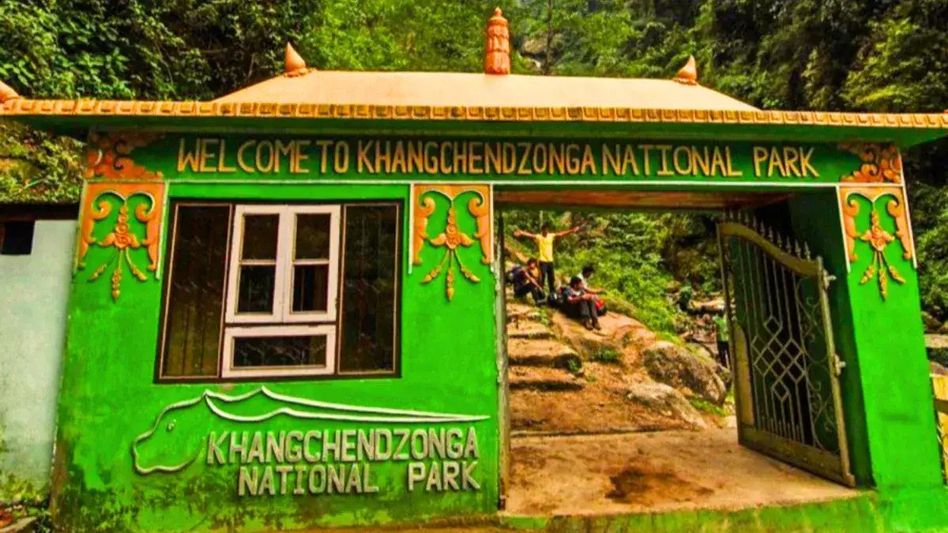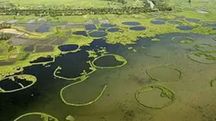Khangchendzonga National Park rated ‘Good’ by IUCN, emerges as India’s best heritage site
In a global conservation landscape marked by shrinking forests and melting glaciers, Khangchendzonga National Park in Sikkim has emerged as a beacon of ecological success.

In a global conservation landscape marked by shrinking forests and melting glaciers, Khangchendzonga National Park in Sikkim has emerged as a beacon of ecological success.
The International Union for Conservation of Nature (IUCN) has rated the park as “Good” in its latest World Heritage Outlook report—making it the only Indian natural heritage site to receive this distinction, while others like the Western Ghats and Sundarbans continue to face serious conservation challenges.
Recognised by UNESCO in 2016 as India’s first “mixed” World Heritage Site for its natural and cultural value, the park covers 1,784 square kilometres—from subtropical forests to the icy summit of Mount Khangchendzonga, the world’s third-highest peak at 8,586 metres. The park hosts 280 glaciers, over 70 glacial lakes, and a remarkable diversity of wildlife, including snow leopards, red pandas, Himalayan tahrs, and more than 550 bird species.
For the Lepcha community, the park is revered as Mayel Lyang—a hidden paradise—while Tibetan Buddhists regard it as a sacred valley or beyul. The area’s monasteries, such as Tholung, preserve ancient spiritual traditions that coexist with modern conservation practices. The park’s expanded biosphere reserve model, introduced in 2018, connects protected areas with buffer zones that enable sustainable livelihoods for local villagers, showing how human communities and nature can thrive together.
Also Read: Sikkim: Singtam resident duped of Rs 6.36 lakh in investment scam through fake Telegram account
The park’s success owes much to its community-based management and remote terrain, which limits destructive human activity. Forest rangers work closely with residents, and cross-border coordination with Nepal’s Kanchenjunga Conservation Area has strengthened anti-poaching efforts. Even last year’s glacial lake outburst flood was effectively managed through hazard mapping and rapid response systems.
According to the IUCN World Heritage Outlook 4, Asia has 63 natural and mixed heritage sites across 19 countries, covering over 27 million hectares. However, only 17% are rated “Good.” Most sites are under “some concern” or “significant concern,” with climate change identified as the greatest threat, followed by tourism pressure, invasive species, and habitat loss.
Despite these global challenges, Khangchendzonga stands out as a symbol of balance between tradition, science, and stewardship. Through community participation, sustainable tourism, and cultural reverence, it demonstrates that conservation rooted in local values can yield lasting results.
Amid rising environmental pressures, Khangchendzonga National Park’s story serves as a reminder that when nature and people coexist in harmony, both can flourish.
Copyright©2025 Living Media India Limited. For reprint rights: Syndications Today









